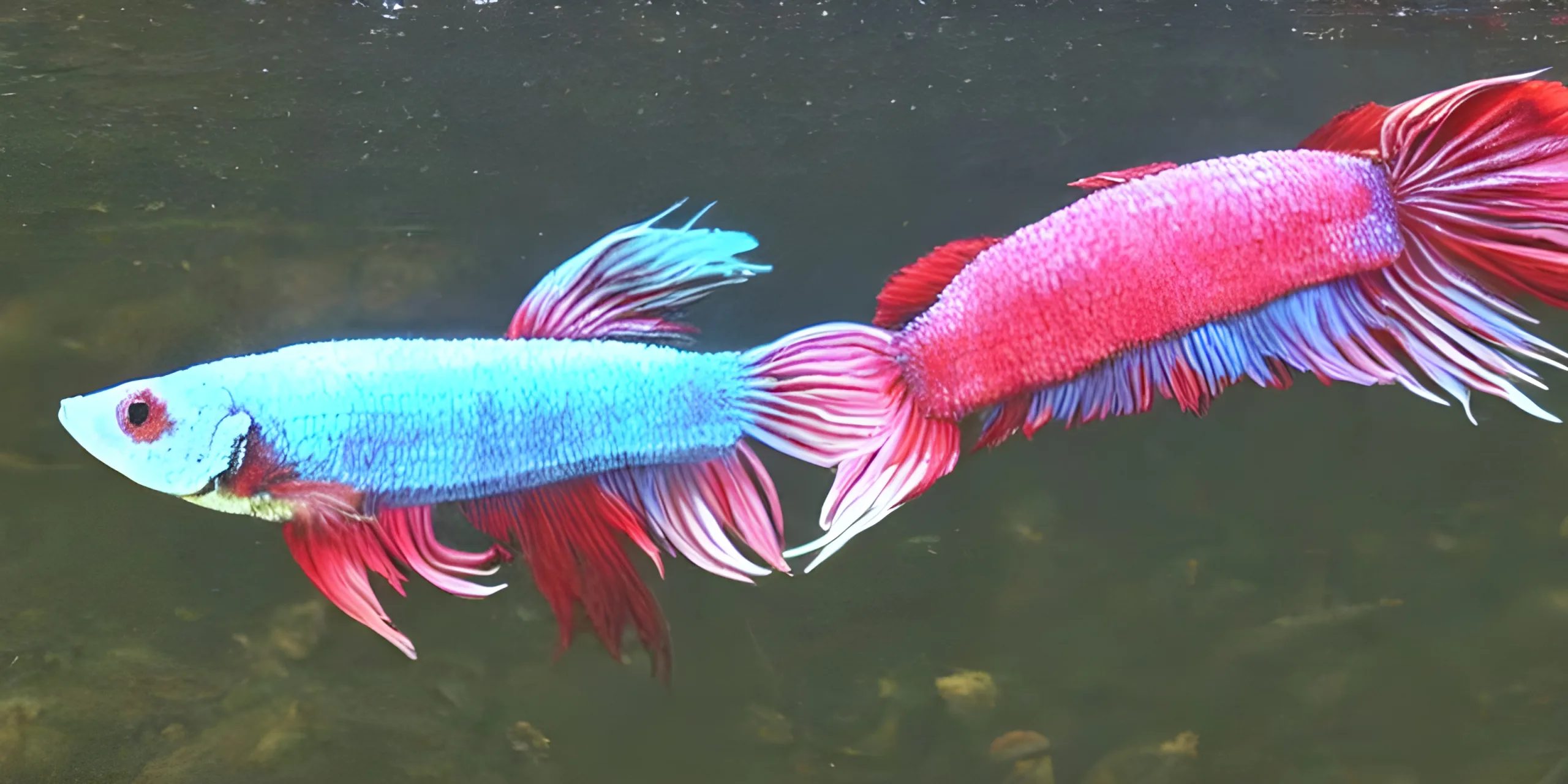Are All Betta Fish Males
Are all betta fish males? The answer is no. While it’s true that the vast majority of betta fish sold in pet stores are male, there are also female bettas available. In this article, we’ll discuss the physical and behavioral differences between male and female bettas, how to determine the sex of your betta, breeding bettas, and caring for them. So if you’re interested in learning more about betta fish, keep reading!
The Physical Differences Between Male and Female Betta Fish
You may be surprised to find out there are physical differences between male and female betta fish! Males tend to be more colorful, with long flowing fins and tails, while females tend to be more drab in color and have shorter fins and tails. Male bettas also have a pointed dorsal fin, while females have a rounder dorsal fin. Male bettas also have a longer anal fin, which can be used as an indicator of gender. Female bettas also have a larger abdomen, which can be used to distinguish them from males. read more








